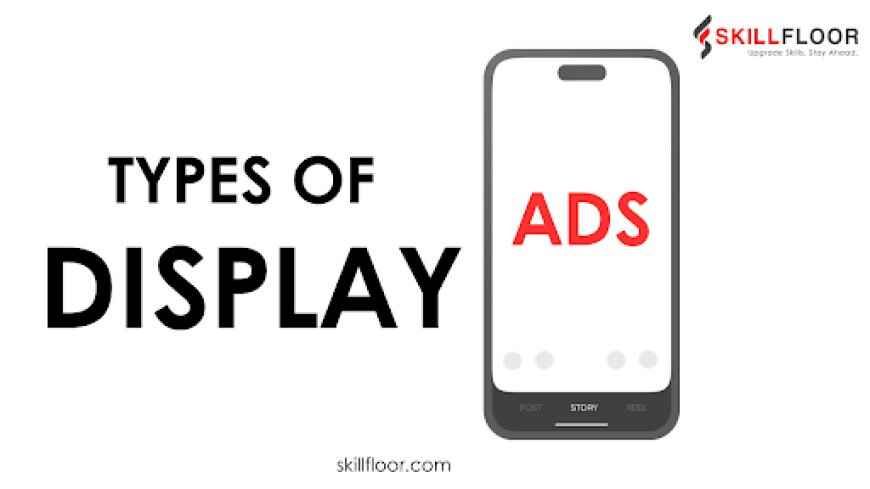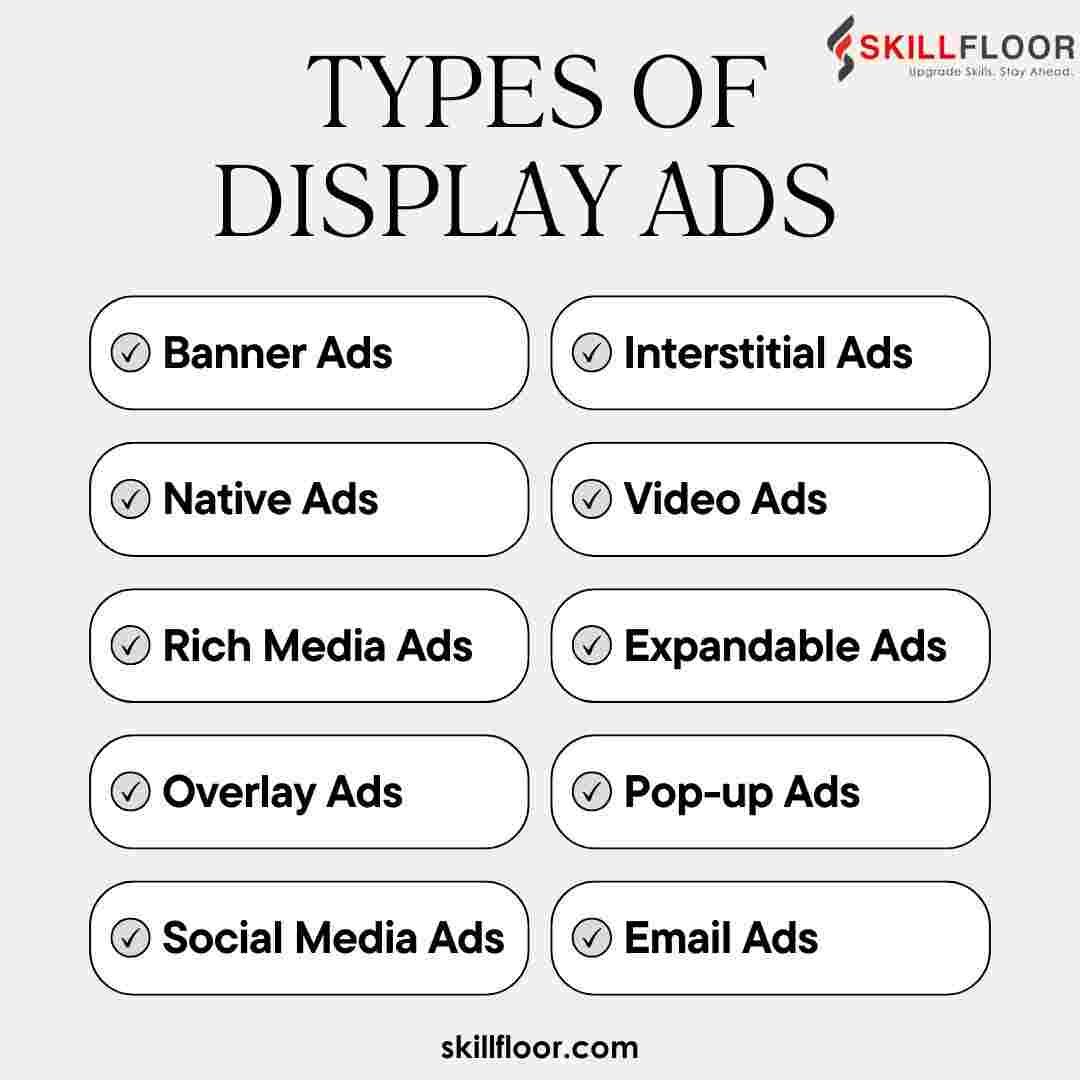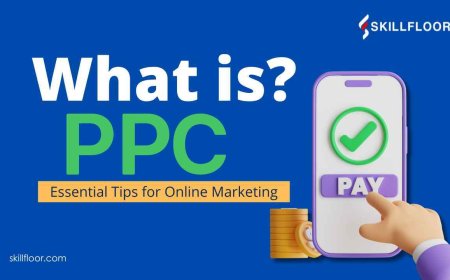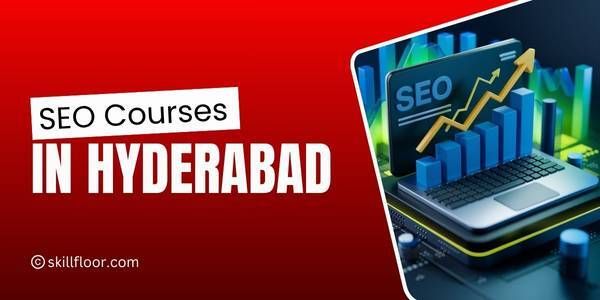Types of Display Ads
Explore various types of display ads, including banner ads, interstitial ads, and rich media ads, and learn how they can enhance your digital marketing strategy.

Display advertisements come in a range of formats that are intended to draw viewers' attention on various digital platforms. These include pop-up ads that appear in new browser windows or tabs, email ads established within marketing emails that typically feature banners, text links, or provided content; overlay ads that appear transparently atop webpage content; rich media ads that offer interactive experiences; expandable ads that provide additional information upon interaction; native ads that blend in seamlessly with platform content; and interstitial ads that appear like banners. When it comes to connecting and reaching target audiences online, each type has a certain purpose.
When a new product is being launched, you want to reach as many people as possible online. You use a variety of display ads that are suited for various digital platforms to do this. Interstitial adverts inside mobile apps and eye-catching banner ads on pertinent websites are a good place to start. Native advertising organically merges with platform content for a smooth integration. Rich media advertisements provide engaging experiences, but video commercials successfully draw in viewers. advertising that expands when a user interacts with them displays more information, whereas overlay advertising is visible at all times.
What is display advertising?
Using visual components like photos, videos, animations, or interactive media to promote goods, services, or brands on websites, mobile applications, social media platforms, and other digital channels is known as display advertising. Usually, these advertisements are shown to specific audiences according to their online behavior, interests, and demographics. The objectives of display advertising are to raise brand recognition, improve website traffic, produce leads, and eventually increase sales or conversions.
Why is display advertising important?
-
Brand Visibility: Display ads increase brand visibility by showcasing products or services to a wide audience across various digital platforms.
-
Audience Targeting: Display advertising allows advertisers to target specific demographics, interests, and behaviors, ensuring that ads reach the most relevant audience segments.
-
Lead Generation: Display ads can capture the attention of potential customers and drive them to take action, such as visiting a website, signing up for a newsletter, or making a purchase, thus generating leads for businesses.
-
Remarketing: Display advertising enables remarketing efforts, where ads are shown to users who have previously visited a website or interacted with a brand, keeping the brand top-of-mind and encouraging them to return.
-
Increased Website Traffic: Display ads can drive traffic to websites, increasing the number of visitors and potentially leading to higher engagement and conversions.
-
Visual Impact: Visual elements such as images, videos, and animations in display ads have a strong impact on viewers, making them more memorable and engaging compared to text-only ads.
Challenges in Display Ads
-
Ad Blindness: Internet users have become adept at ignoring or consciously avoiding display ads, leading to ad blindness where ads are simply not noticed or engaged with.
-
Ad Blockers: The prevalence of ad blockers limits the reach of display ads, as many users install these browser extensions or software to block ads altogether, reducing the effectiveness of ad campaigns.
-
Banner Fatigue: Overexposure to banner ads can lead to banner fatigue, where users become desensitized to the messages conveyed by these ads, resulting in decreased engagement and effectiveness over time.
-
Click Fraud: Display ads are susceptible to click fraud, where fraudulent clicks are generated either manually or through automated bots, leading to inflated click-through rates (CTR) and wasted advertising budgets.
-
Ad Quality: Poorly designed or irrelevant ads can hurt brand perception and user experience, leading to decreased engagement and potentially damaging the reputation of the advertiser.
-
Viewability: Ensuring that display ads are viewable by users can be a challenge, as ads may be placed in locations on a webpage where they are not easily visible or may be obscured by other elements.
What are the Types of Display Ads?

-
Banner Ads: These are rectangular ads typically placed at the top, bottom, or sides of a webpage. They come in various sizes such as leaderboard (728x90 pixels), skyscraper (160x600 pixels), and medium rectangle (300x250 pixels).
-
Interstitial Ads: These ads appear between content pages or during natural breaks in an app's flow. They usually take up the entire screen and are often used in mobile apps.
-
Native Ads: Native ads blend into the content of the platform they appear on, matching their look and feel. They're less intrusive and often appear as sponsored content or recommended posts.
-
Video Ads: These ads appear in video format and can be displayed before, during, or after online video content. They can be skippable or non-skippable and are effective for engaging audiences visually.
-
Rich Media Ads: Rich media ads incorporate interactive elements such as video, audio, animations, or other dynamic elements. They offer more engagement compared to static ads.
-
Expandable Ads: These ads start in a smaller size and expand to a larger size when interacted with, usually when hovered over or clicked. They can provide more information without taking up too much initial space.
-
Overlay Ads: These are transparent ads that appear on top of the content of a webpage without interrupting the user's experience. They often have a close button for users to dismiss them.
-
Pop-up Ads: These ads open in a new browser window or tab, often triggered by user actions such as clicking a link. They can be effective but are often considered intrusive.
-
Social Media Ads: These ads appear on social media platforms like Facebook, Instagram, Twitter, and LinkedIn. They can take various formats, including image ads, video ads, carousel ads, and sponsored posts.
-
Email Ads: Email ads are included in marketing emails sent to subscribers. They can be in the form of banners, text links, or even sponsored content within newsletters.
The goal of display advertising is to increase brand visibility, engage target audiences, and drive conversions on digital platforms through a variety of formats and methods. Display advertising is crucial to modern marketing, but it has problems with ad blindness, ad blockers, and preserving ad quality. Advertisers can, however, successfully overcome these obstacles and accomplish their marketing goals by utilizing a variety of display ad formats, such as social media, video, and native ads. In the end, this will increase brand awareness, generate leads, and propel business growth in the digital age.




























































